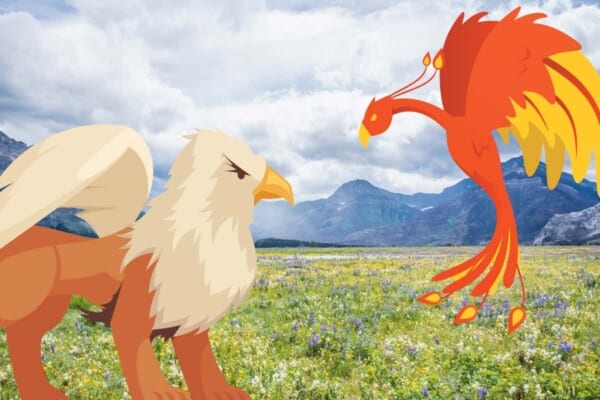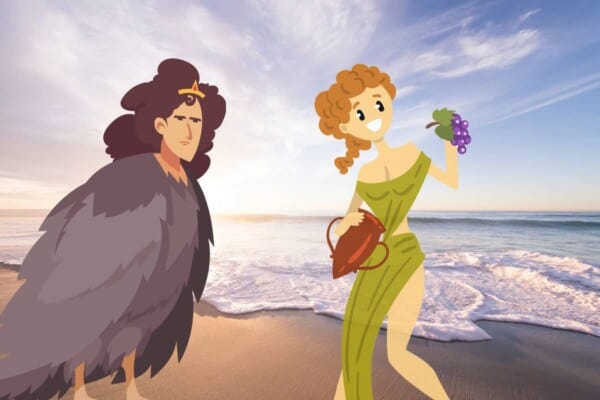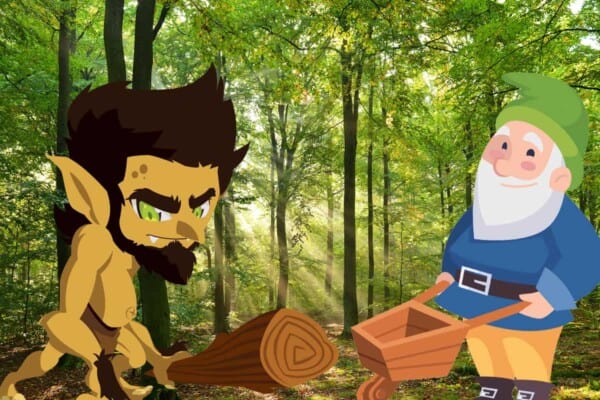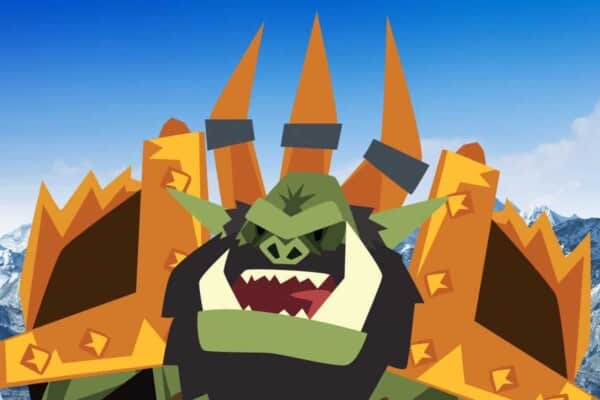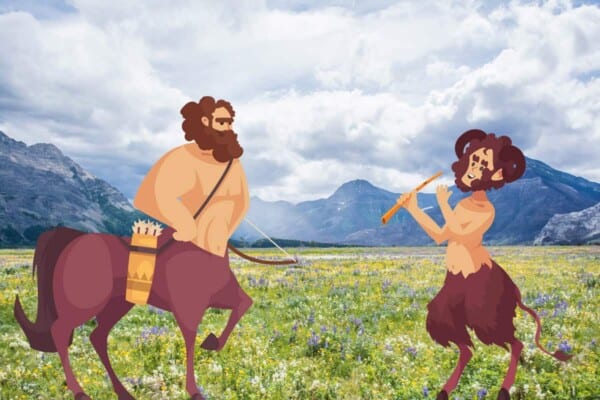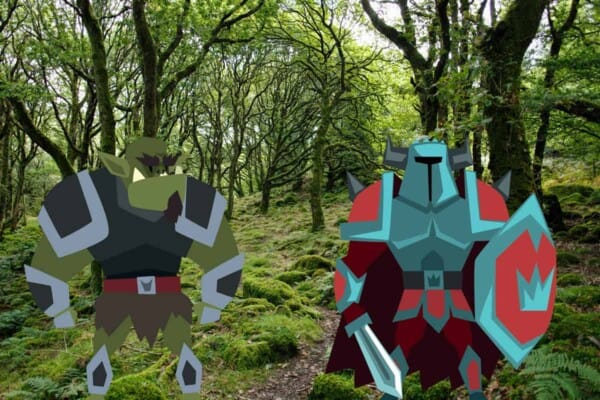Imps and goblins are both creatures that are used as minor villains in many mythological and fantasy stories. However, while you may know what goblins are, you may not have heard of imps before and think they’re the same things. This isn’t the case, and they’re actually quite different.
Imps originate in German folklore and mythology and are lesser demons that are often associated with the devil. They are small, have horns and sharp teeth, and are very mischievous pranksters. Goblins originate in various European folklores from the Middle Ages and are small and ugly.
In this article, I’ll look at the various ways in which goblins and imps differ, from their origin and appearance to their powers and personalities.
The Differences Between Imps and Goblins
While imps and goblins are usually portrayed as shorter than humans and malicious, they differ in several ways.
Here’s a table that you can look at for a quick look at these differences. I’ll also explore each difference further in detail below.
| Imps | Goblins | |
| Origin | Imps originate from Germanic folklore and are small, lesser demons. | Originate in the 14th-century and are found in folklore around Europe. There are several types of goblins, which may also be considered to be completely different creatures |
| Appearance | Small, with horns, sharp teeth, a tail, and claws. Sometimes have wings. Have unpleasant colored skin | Small, ugly, often described as having green skin and unruly hair. Different types of goblins have different appearances |
| Powers | Minor magical abilities, including shapeshifting and conjuring fire | Often have magic, but different types have different powers. Some don’t have powers at all |
| Personalities | Mischievous pranksters, good spies | Can be either mischievous or outright malevolent and evil. Greedy and love gold |
— Origin
Imps originate from Germanic folklore, where they are described as lesser demons. In Germanic folklore, demons are not always evil, and imps were instead described as mischievous.
During the rise of Christianity in Europe, imps became associated with the devil. They were considered attendants of the devil and served as familiar spirits for witches and wizards.
Goblins are found in various European folklores, though the word “goblin” was first mentioned in the 14th-century. There are multiple types of goblins, which are often quite different and have different traits. Some creatures that have been described as goblins include:
- Redcaps
- Hobgoblins
- Kobolds
- Trows
- Púca
- Puckwudgie
- Kallikantzaros
However, these creatures may also be regarded as entirely different from goblins.
— Appearance
Imps are small creatures that do not resemble humans much. They have sharp teeth, horns, and tails. They often have oversized ears, and some may also have wings. Their skin ranges in color from gray to purple and red-brown.
Some imps may resemble monkeys and cats with noses that look like snouts. These imps walk on all fours rather than on their legs. Some imps may be bound magically to an object, similar to how mythological genies are bound to lamps. However, imps are not limited to lamps and can be bound to various objects, like bottles, staffs, and crystal balls.
On the other hand, goblins are usually described as having green skin, wild and unruly hair, and ugly. Additionally, they are generally shorter than humans, though how much of a height difference varies depending on the story.
Each type of goblin differs in appearance – the trow often shapeshift into humans (though they are ugly in human form as well), while the púca shapeshifts and takes the form of a black horse. The kallikantzaros is lean and long (though still not as tall as humans)
— Powers
Imps are described as having relatively minor magical abilities to go with their status as minor demons. They are usually able to shapeshift and are also described as being able to summon fire. In some stories, they are also described as being able to feed on the energy of people.
Goblins are usually described as having some type of magical power. As mentioned above, the trow and the púca are both shapeshifters, while others like the redcap are very strong and cannot be hurt by humans.
Because of how varied goblins are, there is no one set of magical powers they all share. In fact, some types of goblins have no magical powers – in JRR Tolkien’s works, for example, the word “goblin” is another word for “orc,” and the orcs/goblins in his works do not have any magic.
— Personalities
Imps are usually depicted as mischievous pranksters, though in some stories, the pranks are due to loneliness and a desire for human attention. Their tricks are generally harmless, though some (like switching babies with one another) could cause emotional harm. Their sizes meant they were also depicted as being excellent spies.
Goblin personalities depended on the type of goblins depicted – some types were relatively harmless and would do a person’s chores in exchange for food. However, if angered, they could become extremely destructive (though they were rarely truly dangerous).
Other kinds, however, were extremely greedy for gold and jewelry. Some were outright malevolent, evil, and dangerous. Redcaps, for, lived in ruined castles and would kill travelers who took shelter there for the night, soaking their caps in the blood of the person they killed. The resultant red-colored cap is the source of their name.
The goblins/orcs in Tolkien’s world are evil, aggressive, and warlike. On the other hand, the goblins in JK Rowling’s Harry Potter series are civilized creatures that serve as bankers to the magical world (though there are references to wars between goblins and humans in the past).
Final Thoughts
Goblins and imps are fascinating creatures, each with a rich and complex history. They’re commonly used as antagonistic characters in fantasy literature and mythology. However, beyond being shorter than humans, they’re actually quite different from each other.




